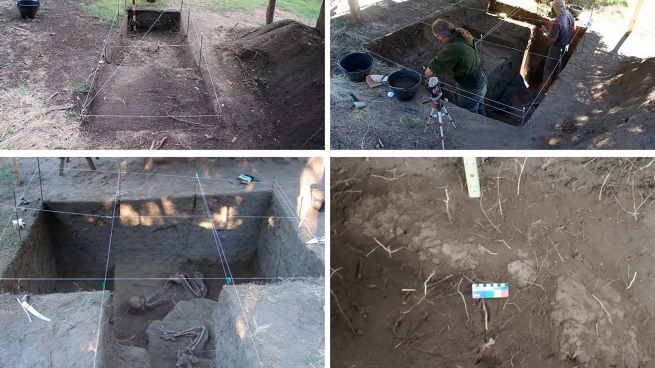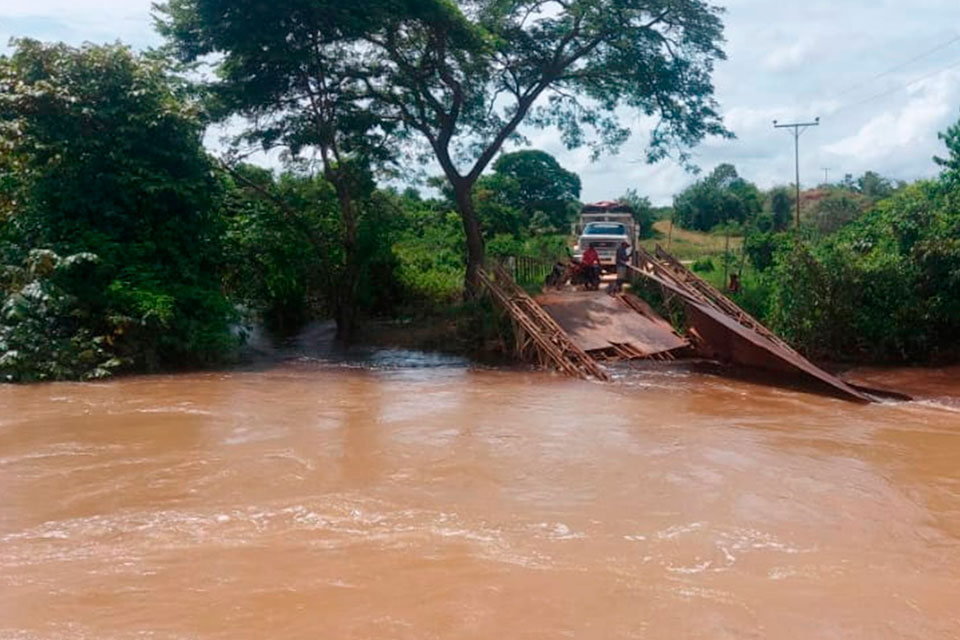The oldest burial in Patagonia of a Mapuche woman in a canoe, with an antiquity of 900 years, was known this Thursday through a publication of the scientific journal Plos Oneafter 10 years of investigations since the remains were found in the Neuquén city of San Martín de los Andes.
The research team was led by Alberto E. Pérez from the Department of Anthropology of the Catholic University of Temuco, Chile, with the participation of professionals from the University of Río Negro, the National University of Comahue and the Chilean Forensic Anthropology Team and Human rights.
The excavations were carried out between 2012 and 2015 in an archaeological site called “Newen Antug”located on the outskirts of San Martin de los Andes.
The published investigation reveals that “the woman was buried in a vessel called a “wampo” with a jug at head height. Two other subjects were found in nearby graves during excavations between 2012 and 2015, but only she had a canoe as a bed.
The finding is considered “the oldest canoe burial in the entire southern region of the American continent.”
The report specifies that “in the southern cone of the Americas, specifically in Northwest Patagonia (Argentina) and La Araucanía (Chile), historical, ethnographic and archaeological records mention three modalities of land burial. They describe the coffin-canoe being placed in trees or hung from poles, while some are covered with earth to create burial mounds.”

The researchers recovered “a large jar next to his head, although much of the canoe (or wampo) around the body had rotted, there were still about 600 pieces of wood left”.
The teacher and researcher of the University Settlement of San Martín de los Andes, of the National University of Comahue (UNCo), Andrea Medina was summoned by the director of the work team to analyze the remains of wood found along with the human remains.
In dialogue with Télam, Medina explained that “he teaches the subject called Dendrology, which is the science and study of wooded plants. as if she were a forest botanist.”
“When Alberto Pérez finds the body of a woman in a piece of wood that seemed to have been worked and hollowed out with the use of fire, he brings me a sample that was in a process of decomposition because the dates of the find gave in 880 plus-minus years,” he said.
Medina specified that “in the same way it could be determined by looking at the sample with the optical microscope with a lamp with intense light emission on the surface.”
In this way, he indicated that “he was able to establish that it belonged to the species Austroceudrus chilensis or known as the cypress of the mountain range, which was expected because it is the most frequent here in the area.”
The teacher indicated that “that was my contribution to the investigation” and highlighted that “like many teachers we work in many lines of research and one of them is the determination of wood for which we have a xyloteca (collection). We collect microscopic and macroscopic material from many tree species in the area and the country and one of the lines of work is the use of the material as a reference”.
The xiloteca is located in the same university settlement and is freely accessible to the public.

The report published in the journal Plos One specifies that “this is the first evidence of a canoe burial in Argentina that according to scientists” symbolizes the journey made by the deceased to his last resting place.
Also “the use of worked wooden funerary containers, typified as ‘canoes’ (Mapudungun wampo), is well established in the archaeological repertoire of the Mapuche culture. This burial method dates to 1280 ± 80 AD. In the 19th and early 20th centuries it was the predominant procedure for indirect burial, including records from the eastern slopes of the Andes. The references persist in the oral memory of the ethnographic communities”.
The wampo, also called trolof in Mapudungun, “is made from a tree trunk, generally oak or pellín (Nothofagus obliqua), split in two and hollowed out in two to form two coffin sections; one contained the corpse and the other served as a cover”.















